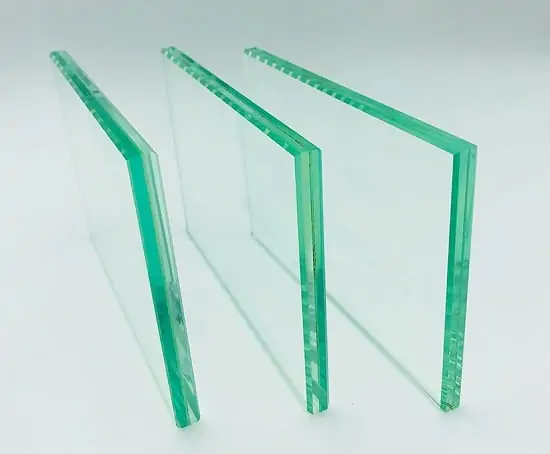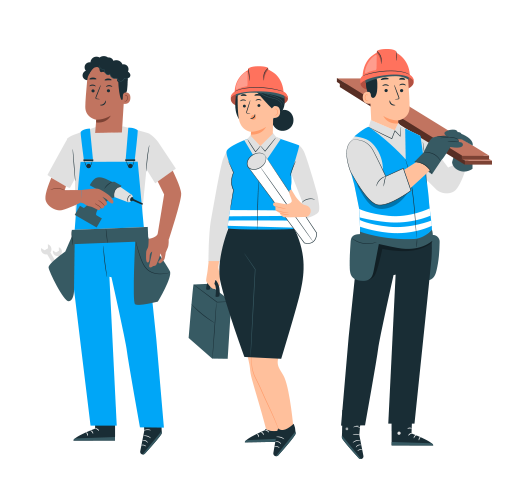Laminated glass is a type of safety glass that consists of two or more layers of glass bonded together with a layer of polyvinyl butyral (PVB) or ethylene-vinyl acetate (EVA) between them. The glass and interlayer are bonded together using heat and pressure. The primary purpose of laminated glass is to enhance safety and security.
Here are key features and benefits of laminated glass:
- Safety: One of the primary benefits of laminated glass is its safety characteristics. When laminated glass breaks, the broken pieces tend to adhere to the interlayer, reducing the risk of injury from sharp glass shards. This makes laminated glass an excellent choice for applications where safety is a priority.
- Security: Laminated glass provides enhanced security compared to regular glass. The interlayer holds the glass together, making it more difficult for an intruder to break through. This is why laminated glass is often used in applications where security is crucial, such as in car windshields, banks, and government buildings.
- Sound Insulation: Laminated glass has good sound insulation properties due to the viscoelastic properties of the interlayer. It helps reduce the transmission of noise, making it a suitable choice for environments where noise control is important, such as in urban areas or near busy roads.
- UV Protection: The interlayer in laminated glass can provide some level of ultraviolet (UV) radiation protection. This feature is beneficial in applications where protection from UV rays is desired, such as in storefronts or museums to prevent fading of displayed items.
- Customization: Laminated glass can be customized with different types of glass (clear, tinted, or textured), and the interlayer can also be colored or patterned. This allows for a variety of aesthetic options to suit different design preferences.
Common applications of laminated glass include:
- Architectural applications: Laminated glass is used in windows, doors, skylights, and glass facades in buildings.
- Security applications: It is used in banks, government buildings, and other high-security environments.
- Hurricane-resistant windows: Laminated glass is often used in areas prone to hurricanes or other severe weather conditions.
At V-tuff, we provide Laminated glass- a versatile solution that combines safety, security, and various other functional benefits.

Our Services
Color PVB Laminated Glass
Color PVB glass uses colored interlayers between glass panes, enhancing safety and offering diverse aesthetic options. This innovative approach allows for a wide range of colors and tints, expanding design possibilities for architects and interior designers. It’s ideal for modern facades, stylish interiors, and innovative automotive glazing.
Translucent PVB Laminated Glass
Translucent PVB laminated glass is a type of laminated glass where the polyvinyl butyral (PVB) interlayer is designed to be partially transparent, allowing light to pass through while diffusing it to some extent. This results in a glass panel that is not completely clear but rather has a soft, diffused appearance.
Clear PVB Laminated Glass
Clear PVB laminated glass is a type of laminated glass where the polyvinyl butyral (PVB) interlayer is transparent, resulting in a glass panel that appears clear without any distortion or tinting. This type of laminated glass is commonly used in architectural applications where safety, security, and clarity are essential.
Color Printed Glass Lamination
The process is usually done by with the printed material, such as a decorative pattern, image, or design, is laminated with thepolyvinyl butyral (PVB) and the clear tempered glass.

